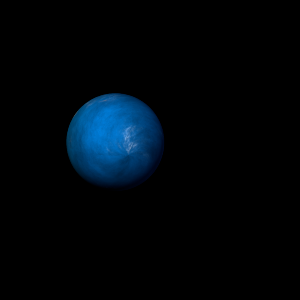|
|
Space Astro
|
Info for exoplanet "Rosaiaka Greip"
| Scientific (actual) data |
|---|
| Name | Kepler-288 b |
| Planet status | Confirmed |
| Radius | 0.149 |
| Orbital period | 6.09733 |
| Semi major axis | 0.065 |
| Discovered | 2014 |
| Updated | 2021-02-05 |
| Tconj | 2455190 |
| Impact parameter | 0.21 |
| Publication | Announced on a website |
| Detection type | Primary Transit |
| Alternate names | 2MASS J19153994+3935409 b, K01332.02, KIC 4455231 b, KOI-1332 b, KOI-1332.02, WISE J191539.95+393541.0 b |
| Star name | Kepler-288 |
| Right ascension | 288.92° |
| Declination | 39.59° |
| Mag j | 14 |
| Mag h | 13.662 |
| Mag k | 13.587 |
| Star distance | 1236.21 |
| Star metallicity | -0.219 |
| Star mass | 0.89 |
| Star radius | 1.09 |
| Star temperature | 5918 |
| Star alternate names | 2MASS J19153994+3935409, KIC 4455231, KOI-1332, WISE J191539.95+393541.0 |
| Wikipedia article | Kepler-288 b |
Back
| |
| Fictional info (?) |
|---|
| Suggested name | Rosaiaka Greip |
| Planet type | Hot planet |
| Its orbital period around Kepler-288 of 6.1 earth days is the longest of all the planets in its solar system.
tricky ride.
Wind speeds can reach 45 metres per second. |
| Atmosphere | Argon | 48% |
| Xenon | 41% |
| Carbon dioxide | 9.6% |
| Formaldehyde | 0.23% |
| Atmospheric pressure | 30 bar |
 |
| No known satellites |
| Google search for Rosaiaka greip |
|
Website by Joachim Michaelis
|
|
|
|